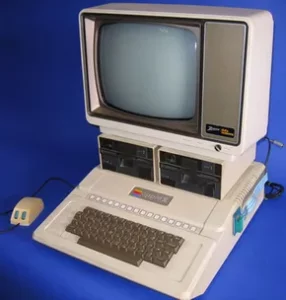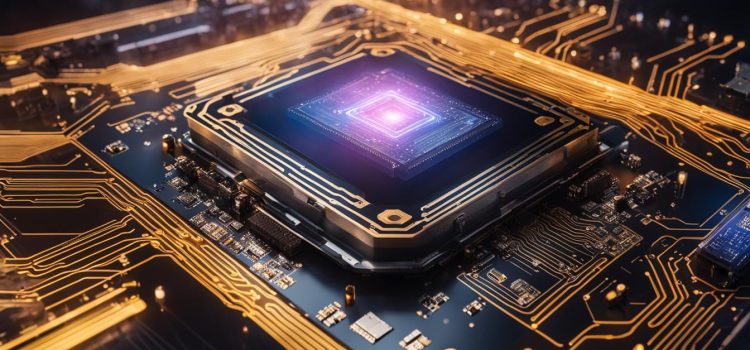
Introduction
In the realm of modern computing, the evolution of microprocessors stands as a testament to innovation, relentless progress, and fierce competition. At the heart of nearly every computing device lies the microprocessor, a marvel of engineering that has been shaped by pioneering companies like Intel and AMD. This article delves into the fascinating journey of these tech giants, tracing their milestones, innovations, and the impact of their groundbreaking advancements on the world of computing.
The Birth of Microprocessors
The genesis of microprocessors dates back to the early 1970s when Intel introduced the groundbreaking 4004, a chip that revolutionized the landscape of computing. With a mere 2,300 transistors, the 4004 was a modest start, yet it marked the beginning of a transformative era. Subsequent iterations, such as the 8008 and the 8080, showcased rapid advancements in computing power and functionality.
Intel’s Dominance and Innovations
Intel emerged as a dominant force in the microprocessor industry with the release of the 8086 processor, laying the foundation for the x86 architecture that remains a cornerstone in computing today. The evolution continued with the 80286, 80386, and the iconic 486 processors, each bringing forth improvements in speed, efficiency, and capabilities.

The Pentium Era and Beyond
The introduction of the Intel Pentium processors in the early 1990s marked a significant leap in performance, setting new standards for personal computing. The Pentium series evolved over the years, witnessing advancements in architecture, clock speed, and multi-core processing. The relentless pursuit of innovation led to the Core series, further enhancing efficiency and power while catering to diverse computing needs, from mainstream users to high-performance computing enthusiasts.
AMD’s Rise and Innovation
In the competitive landscape, Advanced Micro Devices (AMD) emerged as a formidable challenger to Intel’s dominance. AMD’s Ryzen processors disrupted the market with their multi-core designs, providing competitive performance and value. The Zen architecture propelled AMD to new heights, offering a compelling alternative for consumers and fostering healthy competition in the industry.
Competition and Technological Leaps
The rivalry between Intel and AMD sparked a continuous cycle of innovation, pushing the boundaries of performance, energy efficiency, and architectural design. Both companies engaged in a race to introduce smaller nanometer processes, enhancing transistor density and power efficiency. The relentless pursuit of smaller nodes led to the development of cutting-edge fabrication processes like Intel’s 10nm and 7nm nodes and AMD’s 7nm architecture.
Impact on Computing
The advancements in microprocessor technology have not only fueled the performance of personal computers but have also catalyzed progress in diverse domains. From powering servers in data centers to enabling high-performance computing in scientific research and contributing to the burgeoning field of artificial intelligence, these processors have become the backbone of modern technological advancements.
Challenges and Future Trajectory
The microprocessor industry faces challenges in sustaining Moore’s Law, the principle that transistor density doubles approximately every two years, as technological limitations loom closer. Innovations now focus on alternative computing paradigms like quantum computing, neuromorphic computing, and advanced packaging techniques to overcome these challenges.

Conclusion
The evolution of microprocessors, spearheaded by industry giants Intel and AMD, has been a testament to human ingenuity and relentless innovation. From humble beginnings to the current era of high-performance computing, these companies have shaped the digital landscape, powering the devices that have become integral to our daily lives. As the industry navigates technological frontiers, the journey of microprocessors continues, promising a future where computing capabilities defy current limitations, driving progress in ways yet unimaginable.










